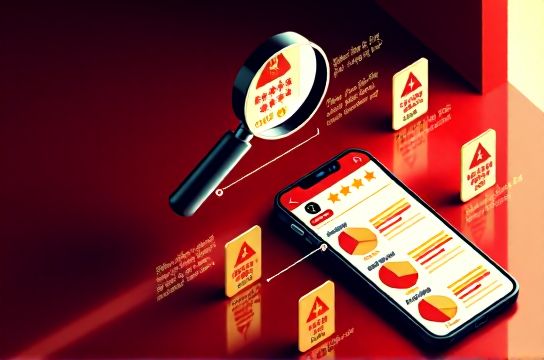How to Verify Seller Ratings on Chinese E Commerce Sites
- 时间:
- 浏览:34
- 来源:OrientDeck
Shopping on Chinese e-commerce platforms like Taobao, Tmall, and JD.com? Smart move — but only if you know how to verify seller ratings like a pro. With millions of sellers flooding these sites, not all are trustworthy. So how do you separate the legit vendors from the sketchy ones? Let’s dive into the real deal behind seller ratings in China’s digital marketplace.

Why Seller Ratings Matter (More Than You Think)
In China, online reviews aren’t just suggestions — they’re social proof. A 2023 report by iResearch found that 87% of shoppers check seller ratings before purchasing. But here’s the catch: some sellers fake reviews or use bots to inflate their scores. That’s why understanding how to decode ratings is crucial.
Key Metrics to Watch On Any Seller Profile
Don’t just glance at the star rating. Dig deeper. Here are the three core metrics used across major platforms:
- Item As Described (IAD): Does the product match the listing?
- Service Attitude: Was the seller responsive and polite?
- Shipping Speed: How fast was delivery?
Each is scored out of 5. Anything below 4.7 should raise eyebrows.
Data Snapshot: What Good vs. Bad Sellers Look Like
| Metric | Top-Tier Seller | Average Seller | Risky Seller |
|---|---|---|---|
| Overall Rating | ≥ 4.9 | 4.5 – 4.8 | < 4.5 |
| Item As Described | 4.9+ | 4.6 | 4.2 |
| Service Attitude | 5.0 | 4.5 | 4.0 |
| Shipping Speed | 4.9 | 4.4 | 3.8 |
| Total Reviews | 10,000+ | 1,000–5,000 | < 500 |
Source: Platform data aggregated from Taobao & JD.com (2023)
Red Flags That Scream “Scam”
- Sudden spike in 5-star reviews with no photos or generic comments like “Great!”
- Over 90% positive feedback but under 100 sales — likely bought reviews.
- No negative reviews ever? That’s suspicious. Even Apple has critics.
- Ratings reset recently — could mean the seller rebranded to escape bad history.
Pro Tips to Spot Fake Reviews
- Sort by ‘Most Recent’: Older reviews can be manipulated. Newer ones reflect current service.
- Look for detailed buyer photos: Real customers post blurry bathroom selfies with their new face masks. Fakers don’t.
- Check buyer levels: Platforms show user tiers (e.g., Crown, Diamond). High-tier users give more reliable feedback.
- Use third-party tools: Apps like Darenshu or Zhihu forums often expose review farms.
What About Tmall vs. Taobao?
Quick breakdown: Tmall is stricter. It hosts official brand stores with verified businesses. Taobao allows individuals, so risk is higher. That said, even Tmall isn’t immune to shady tactics.
JD.com? They own their logistics, so shipping scores are usually higher — focus more on item accuracy.
The Bottom Line
Verifying seller ratings isn’t just about stars. It’s about context, consistency, and common sense. Always cross-check metrics, read between the (review) lines, and trust your gut. Because in China’s wild west of e-commerce, the smart shopper wins.
Stay sharp, buy smart.